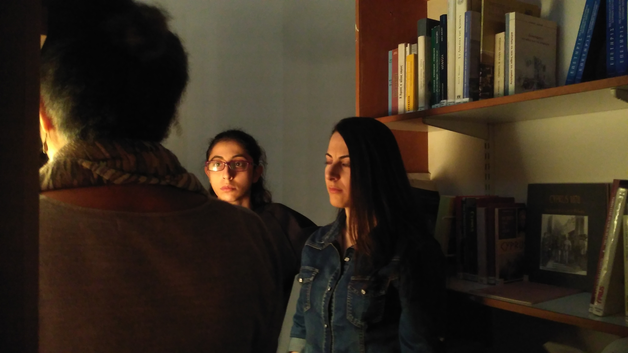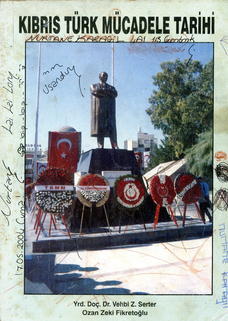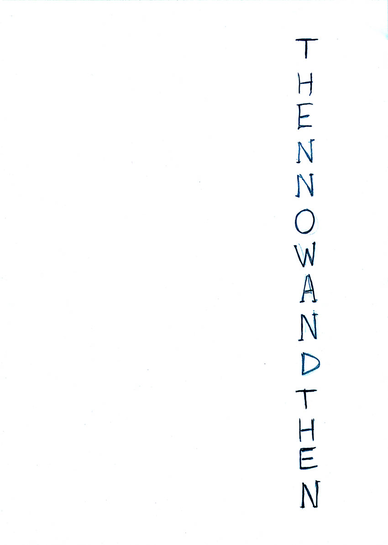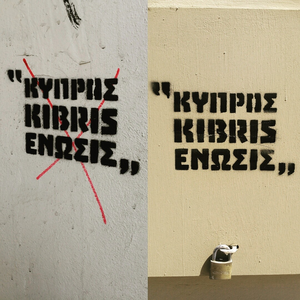This is a project inspired from real experiences, which connects the memories of the past with what is happening here and now.
It started with Serap Kanay’s and Nurtane Karagil’s conversations on daily life. Kanay was a child during the1970s, when she had to take a journey that influenced her perception of time and space, and, in return, created a different feeling from the usual creative process of belonging. Nurtane Karagil is the same age as Kanay’s daughter and her experiences have not been as visible as Serap Kanay’s traumatic experiences. Nevertheless, she too grew up in a broken and messed up system.
The two artists’ works are connected in a number of ways. In her work, Kanay usually interacts with her viewers through her personal intimate feelings, unlike Karagil, who usually chooses to connect through a common denominator with those around her in day-to-day realities of life. This contrast affects the development of the execution process of the project and builds up an intimate and wide-ranging concept regarding unity, identity, art and reality.
The Kütüphane project looks for individual experiences in order to connect generations and communities and to bring them closer for a shared reality of here and now.
The installation space reflects the nostalgic library, which Serap Kanay mentions in her diary (a series of stories told in the form of a bookjournal, based on memories remembered and constructed from 1968 to 2000’s and written in 2010). This brings back memories of the 1970s and creates a window to the libraries of the past. The artist is highly influenced by being one of the first people to use the first ever Turkish library in Paphos run by the very first librarian of Cyprus, Mehmet Osman. Due to the transfer of her policeman father, the artist moved from Famagusta to Paphos in the 1960s. She had to return to Famagusta again in January 1975. So far, the artist has prepared the Famagusta to Paphos to Famagusta section of her bookjournal and interviewed Mehmet Abi, the first graduate librarian of Cyprus.
To this end, Kanay chooses to set up the physical space as the library she remembers from Paphos and what she saw of today’s library in Famagusta. Kütüphane will continue to be a reflection of the modern day libraries and/or of what Kanay remembers of libraries during her daughter’s childhood; spaces that have developed as multimedia centres rather than places solely for books.
When Kanay and Karagil noticed the lack of an interactive library in the sense of creating a safe zone for individuals now in Cyprus –a place that one can visit without obtaining permission and can acquire knowledge without any limitations–, they decided to develop the installation into an interactive place. In this way, the space/work becomes an organic form that is open to everyone instead of being someone’s artwork. This also fulfils a new joint optimum in Kanay’s and Karagil’s art perspectives, because, even though they belong to
different generations, they are both actually seeking a closer relationship with their viewers.
According to the artists, Kütüphane is a free space where we can discover and react to our discomfort zones in our society. In order to do this, one needs to find an alternative understanding of a library. A series of events presentations and happenings will promote this idea of alternative space both within and outside the gallery.




















